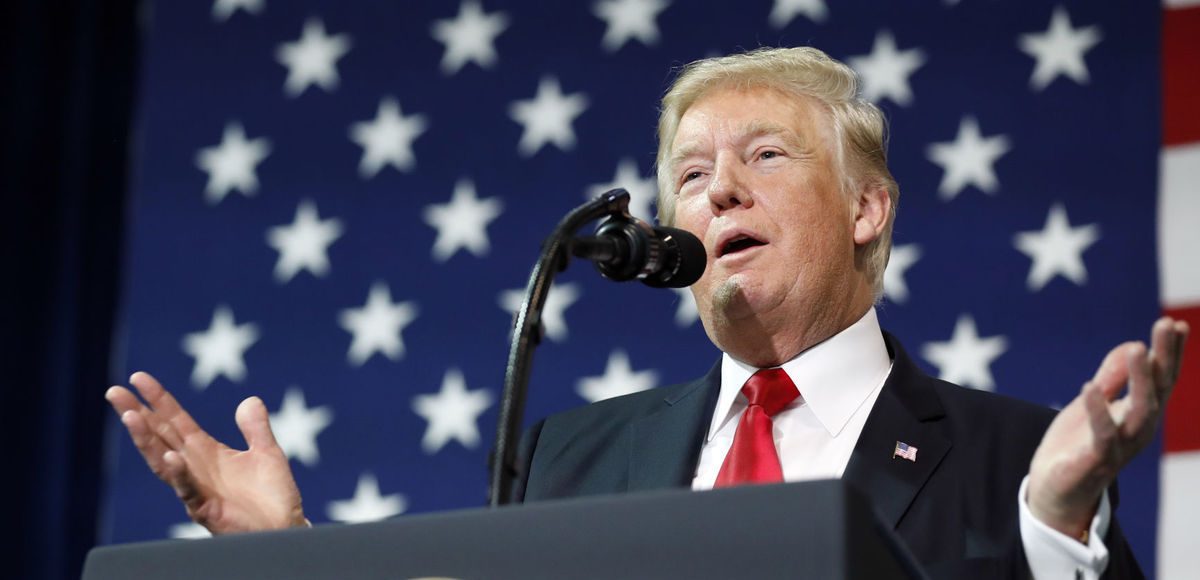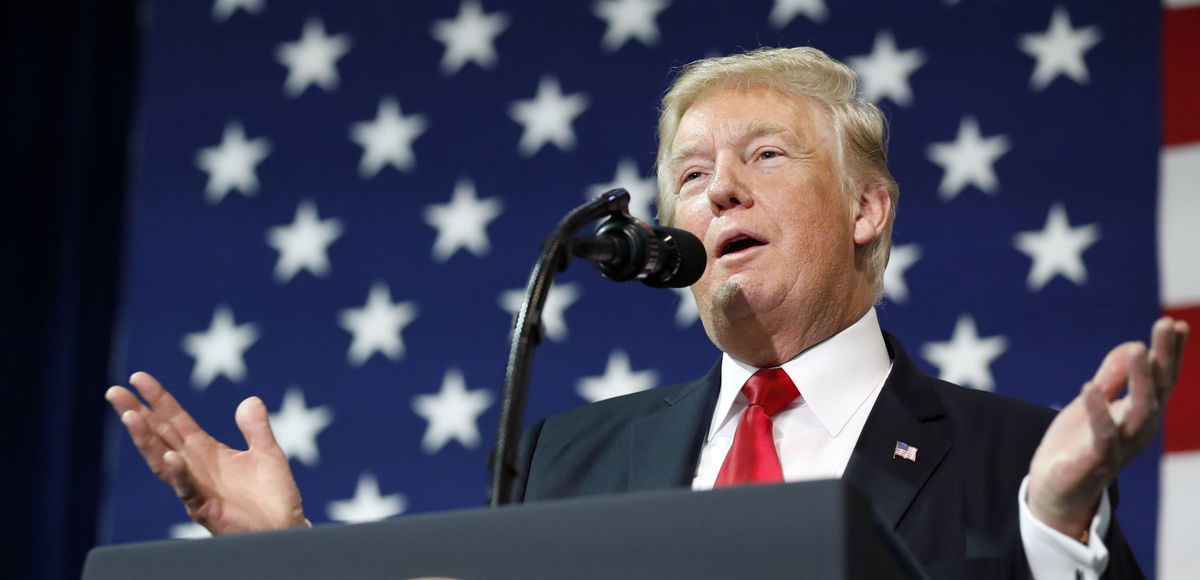

President Donald Trump speaks about tax reform, Wednesday, Aug. 30, 2017, at the Loren Cook Company in Springfield, Mo. (Photo: AP)
Earlier this month, I talked about the economy’s positive job numbers. I said the data is unambiguously good, but warned that protectionism and wasteful spending will offset some of the good news from last year’s tax reform.
This is what’s frustrating about the Trump presidency.
Good policies in some areas are being offset by bad policies in other areas, so it’s not easy assigning an overall grade.
And it’s also difficult to predict the effect on economic performance. If you look at the formula for a prosperous economy, there’s no way of predicting whether Trump is a net positive or a net negative. At least in my humble opinion.
As such, I’ll be very curious to see what happens to America’s score in subsequent issues of Economic Freedom of the World.
It would be nice if the United States got back into the Top 10. For what it’s worth, I’m guessing America’s score won’t measurably improve.
That being said, if there was a pro-con debate on Trump’s performance, some people would be quite confident about declaring victory.
Mike Solon, a former budget staffer on Capitol Hill, offers the “pro” assessment in the Wall Street Journal.
Are low taxes key to a booming economy? Their success is harder than ever to deny after Friday’s report that the U.S. economy grew 4.1% in the second quarter, bringing the average quarterly growth rate during the Trump presidency to 2.9%. …In the first five quarters of the Trump presidency,
growth has been almost 40% higher than the average rate during the Obama years, and per capita growth in gross domestic product has been 63% faster. …The CBO now projects that additional revenue from this economic surge will offset 88.2% of the estimated 10-year cost of the tax cut. …The CBO’s April revision projected an extra $6.1 trillion in GDP over the next decade—more than $18,000 of growth for every man, woman and child in America. …the Labor Department reports that worker bonuses have hit the highest level ever recorded. The Commerce Department reports that wages and salaries are growing almost 25% faster under President Trump than under Mr. Obama.
Since I have great confidence that lower tax rates are good for growth and that Laffer Curve-type feedback effects are real, I want to applaud what Mike wrote.
And since I’ve also dissed the idea of “secular stagnation,” I also like this part of his column.
Perhaps the most important narrative discredited by the economic revival is the “secular stagnation” excuse. Throughout the Obama years, progressive economists said Americans had become
too old, lazy and complacent to achieve the growth that was regular before 2009. But somehow American workers overcame all of these supposed weaknesses when Mr. Trump changed federal policy. The problem was not our people but our government. Stagnation is not fate but a political choice.
Amen to that final sentence. Stagnation is the result of bad policy.
But my problem is that Trump has some bad policies that are offsetting his good tax reform. So I can’t help but think Mike is being too optimistic.
Let’s look at another perspective. It would be an exaggeration to state that Jimmy Pethokoukis of the American Enterprise Institute is in the “con” camp, but he definitely is skeptical.
GOP hot takes will come as fast and furious as the economic growth. “The tax cuts worked!” “Trumponomics rocks!” …Celebrating a stronger economy is not a bad thing, of course. Over the long run, sustainable economic growth
is what generates higher living standards and greater social mobility. But drawing sweeping conclusions from a single three-month period is problematic…it doesn’t necessarily tell you a whole lot about where the economy is heading. There were eight quarters of 3 percent growth or faster scattered across the Obama presidency, including four of 4 percent or faster and one of 5.2 percent. But there was never much follow-through, and overall the expansion muddled through at roughly a 2 percent annual pace. …even a very strong report won’t tell us whether the Trump tax cuts, passed in December, are “working.” It’s just too soon. …that process will play out over a numbers of years.
This is a very sensible perspective. I’ve repeatedly warned not to overstate the importance of short-run data. And I also fully agree that there’s often a time lag between the adoption of good policy and the evidence of good results.
But I have the same complaint about the Pethokoukis column as I did about the Solon column. There’s a sin of omission because both focused on the tax reform.
As I noted above, we also need to consider the other policies that have changed in the last 18 months.
I don’t know the answer, but maybe this image will illustrate why we should hesitate before making sweeping assessments.

And also keep in mind that we have no way of knowing whether there’s a Fed-created bubble in the economy. As I said in the interview, what if 2018 is akin to 2006? Back then, most people underestimated the possibility that easy money and Fannie-Freddie subsidies had created an unsustainable housing boom.
But even if we ignore that wild card, I can’t help but wonder whether Trump’s pro-growth polices and Trump’s anti-growth policies are resulting in a wash.





